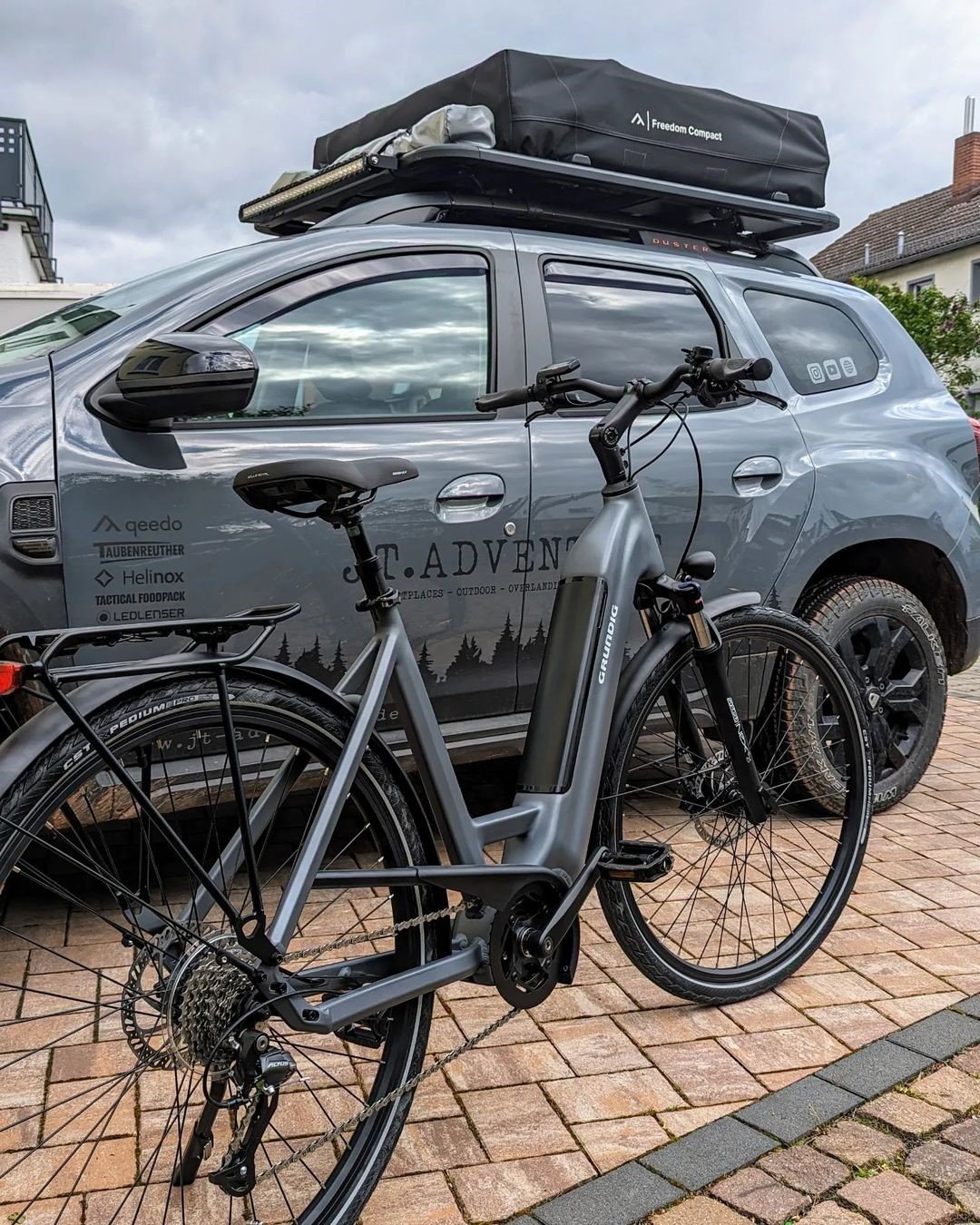Electric bikes, or e-bikes, represent a combination of the best parts of traditional cycling combined with advanced electric technology that offers much more accessible and efficient travel. As an increasingly convenient form of transportation that is relatively sustainable, e-bikes are gaining popularity. They allow much less effort in comparison with cycling, making them highly suitable for commuting, mountainous terrain, and generally longer rides with reduced fatigue. For those looking to embrace the same innovation, explore electric bikes by Grundig for reliable modern designs tailored according to your needs.
There are two main types of e-bikes: pedal-assist and throttle-based. Pedal-assist models assist the rider’s pedaling power and make climbs and long distances easier. Throttle-based e-bikes enable the rider to move forward without having to pedal and are more like a motorcycle. This flexibility and new design have positioned e-bikes as the heart of modern sustainable travel solutions and have placed Grundig at the forefront of developing quality options for all riders.
Battery Innovations
Over time, the e-bike batteries become smarter and more efficient. New solid-state and lithium-ion batteries have more capacity and longer ranges, and rides are much more reliable. These batteries are now both lighter and more efficient with no loss of performance. Their design ensures long-term durability. Additionally, efforts to standardize battery designs make it easier to find compatible options, simplifying maintenance and use.
Advanced Motor Systems
E-bike motors are getting more sophisticated, more powerful, smoother, and much more efficient. Sensors can now allow for more response through torque sensors, making pedal assistance feel very natural and smooth. These motors are also lighter and quieter, making them ideal for both city streets and trails. Plus, improved energy efficiency means they use less power, giving riders a longer range on a single charge.
Integration of Smart Technology
Smart technology now accompanies e-bikes, enhancing their convenience and enjoyment for riders. They have interconnected features, such as the real-time tracking of information, GPS navigation, and integration with fitness apps. Its remote capabilities include system diagnosis, software updates, and theft prevention. Moreover, e-bikes allow customization, enabling users to customize assist levels and choose from various ride modes to suit their needs and preferences.
Safety and Security

E-bikes are safer and more secure with all the new advanced features. Integrated lighting systems that adjust for different conditions can achieve better visibility, thereby enhancing safety. Some e-bikes come with collision detection sensors to alert riders about potential dangers. Features like GPS tracking, alarms, and remote locking prevent theft of your e-bike.
Design and Customization
Today’s e-bike designs are incredibly versatile and customizable. Some models come with modular parts that allow riders to replace or upgrade their bikes to their taste. There is also plenty of aesthetic freedom in the form of the option for custom designs, colors, and materials to express one’s individuality. Lightweight and foldable designs also exist for added convenience.
Data and Connectivity
E-bikes now use data and connectivity to improve performance and user experience. Features like data passports track battery health and usage, helping riders monitor their bike’s condition. Sensor fusion collects ride data, analyzing things like suspension, braking, and rider behavior for smoother rides. Manufacturers also use this data to gain insights, helping them create better products based on real user needs.
Sustainability and Environmental Impact
E-bikes are becoming more environmentally friendly to support sustainability. Many now use recycled materials for bike frames and components, while manufacturers adopt processes that reduce their carbon footprint. With energy-efficient systems, e-bikes provide a low-impact and greener option for transportation, helping to protect the environment.
Future Trends
New trends on the horizon for e-bikes promise a bright future. Autonomous e-bikes might allow for self-parking, ride-sharing, and even remote control. Universal standards will make batteries and components compatible across different brands. E-bikes could play a crucial role in urban mobility, aiding in last-mile delivery and integrating into shared transit systems for more convenient city transportation.
Conclusion
E-bike technology will continue to look very bright in the future because of continuous innovation and moving toward sustainable smart transportation solutions. E-bikes are changing the way people commute and enjoy outdoor activities with eco-friendly alternatives to traditional travel. Advances in battery efficiency, motor systems, and smart technology mean that e-bikes will give riders increased power, extended ranges, and greater control. These will provide even more comfortable, customizable ride modes, in-time data tracking, and higher security levels—all the more convenient and safe to use. Newer versions will also feature a combination of such attributes as lightweight designs, foldability, and customization that appeal to diverse preferences.
All these trends, moving into the future of e-bike technology, foretell exciting possibilities ahead. The autonomous features of self-parking and ride-sharing will make e-bikes accessible and user-friendly, just like the standardization of components. These innovations, coupled with the growing demand for sustainable transportation, ensure that e-bikes will remain very much at the center of the future of urban mobility. With high-quality and reliable designs, e-bikes are soon going to feature in the move towards green and efficient travel for mankind.











